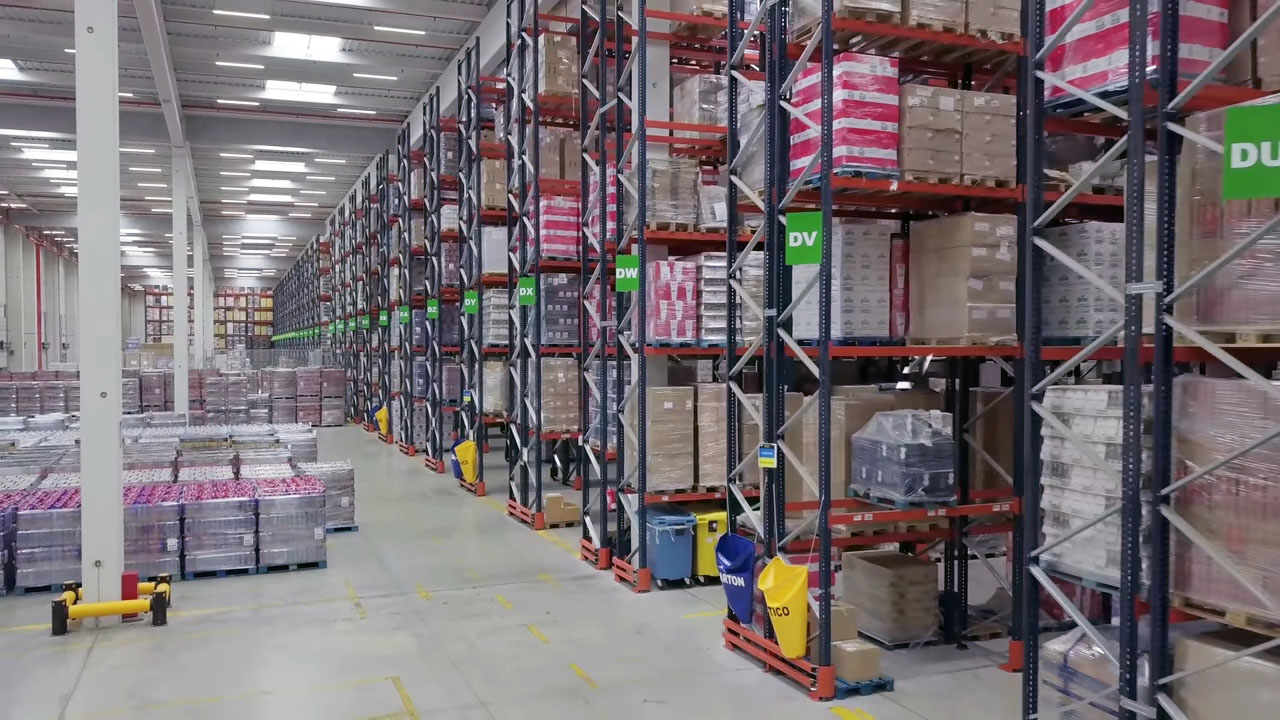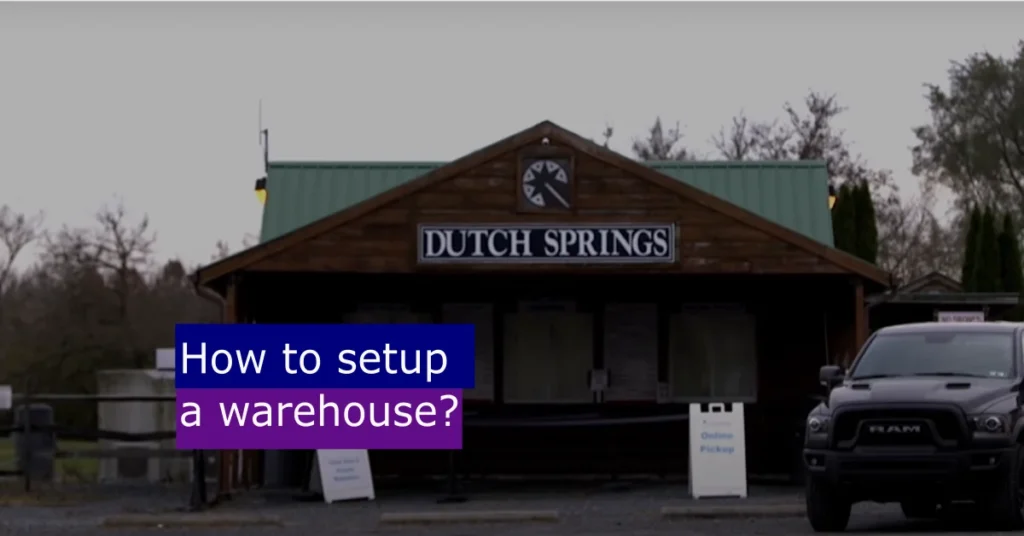
Plan your warehouse layout to incorporate the inventory in a warehouse. There are many challenges on how to set up a warehouse. Key considerations should be space optimization and inventory management.
We have extensive experience in the warehouse consulting space. We can provide a concise guide on building and optimizing your warehouse setup. We can give you a plan to set up a warehouse that saves time and money.
In this blog post, we’ll look at ways to improve how warehouses work and their layouts. Our main purpose is to save you valuable time, money, and resources. If you’re ready, we can help you make your warehouse layout profitable and efficient.
First, we’ll give you a simple overview of what a warehouse is. Then, we’ll dive into the details of how to set up a fully functional warehouse in the following articles. We’ll also provide you with an optimized layout plan for your warehouse.
What Is A Warehouse?
According to Wikipedia, a warehouse is a building for storing store items. Manufacturers, importers, and others leverage the use of warehouses. These buildings are big and simple. They are usually located outside of cities, often in industrial areas.
The main definition has changed a lot in today’s digital age. A warehouse is a place where organizations can get, check, keep, and send materials for various purposes.
Advantages and Disadvantages Of A Warehouse
This section highlights the key advantages and disadvantages of a warehouse.
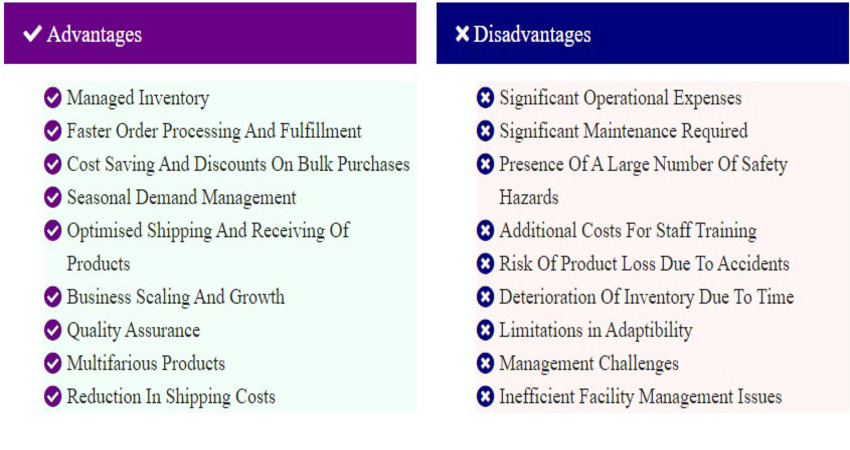
Types Of Warehouses
In this paragraph, we will focus on the four main types of warehouses. I will explain them in detail to help you plan your warehouse strategy.
What Is A Bonded Warehouse?
A bonded warehouse, also called a customs warehouse, is always managed by people. In a bonded warehouse, you don’t have to pay taxes on products until you release or ship them.
Customs officials watch over these warehouses. Businesses can delay the payment of duties and taxes until they release the product. To better understand the model we will break it down further into understanding how it works.
Arrival Of Goods
The facility receives and transports imported goods. These goods are now under the jurisdiction of the customs authorities. They are kept in the relevant storage area in the warehouse.
Operations And Storage
These goods can then be manufactured as the business deems fit.
Duties And Taxes
The item has to be sold or sent out from the warehouse before import duties and taxes are applied.
Removal Of Goods
Paying customs duties and taxes when releasing products to follow regulations is important.
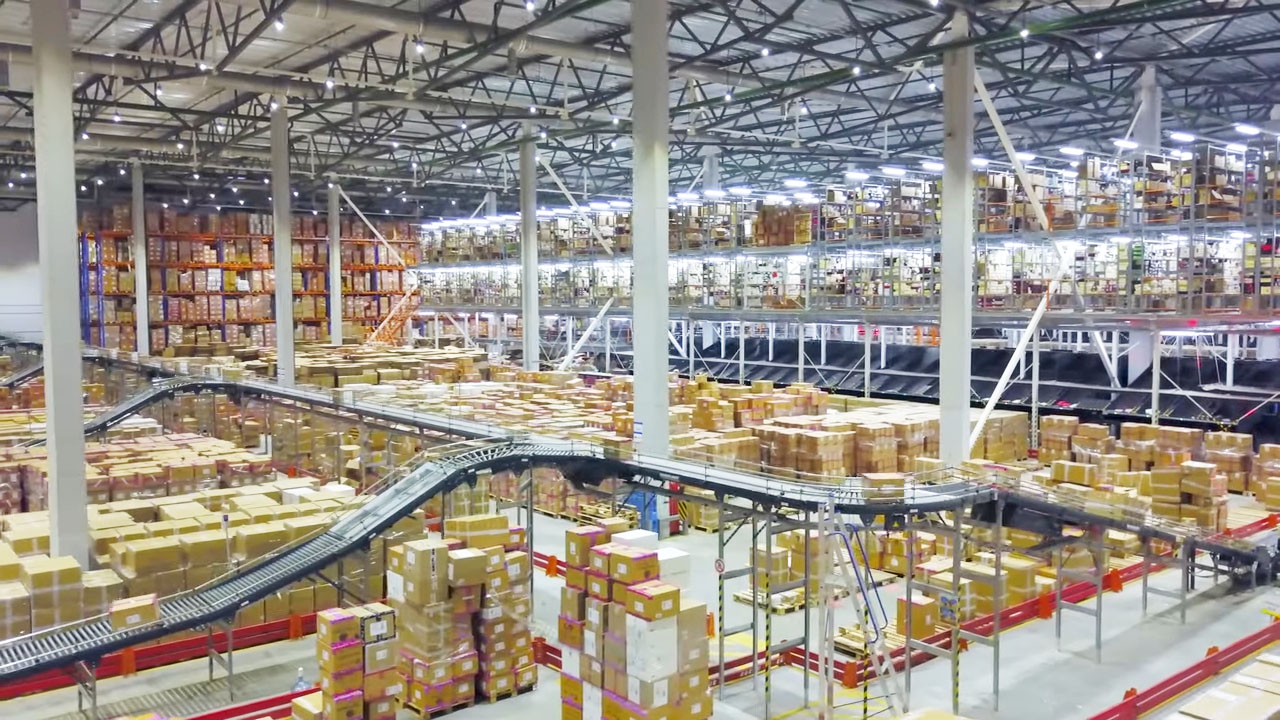
Categories of Bonded Warehouses
Manufacturing Bonded Warehouse
Specialized warehouses like bonded manufacturing warehouses can transform raw materials into finished products.
Vessel Repair/Construction Bonded Warehouse
This facility will generally be used for repairs to ships and maritime equipment. This facility imports ships and equipment for construction and repairs. Duties and taxes are only applied when goods are released.
General Bonded Warehouse
These facilities market various products like electronics, perishables, clothing, and general consumer goods.
This type of warehouse mainly showcases goods, products, or exhibitions to potential clients. Customs and duties are not charged until the products reach the market.
Bonded Warehouse For Oil Storage
We will utilize this category of bonded warehouse layout to stock normal oil or petroleum products. It’s crucial to have a storage place like this for managing a country’s oil reserves. It can also serve as part of a country’s energy reserve plan.
Bonded Warehouse For Duty-Free Items
The warehouse layout stores duty-free goods that are imported and kept for export. Typically, you need to pay extra fees for removing stored goods or delivering them.
The second category of warehouse that we will cover is a public warehouse. This type of warehouse can meet the specific needs of a company’s customers. We will now highlight key factors about public warehouse facilities.
Public Warehouses
Most public storage warehouses offer different storage options to businesses. A public warehouse provides affordable and flexible solutions for companies that utilise their services The main benefits or advantages of public warehouses are :
Cost Efficiency
Saving money is obvious and crucial for any company. It’s the most beneficial aspect. Companies often leverage these storage solutions to save money.
Effective Short-Term Storage
These hubs are great for temporary storage, especially during busy times like Christmas. These storage hubs will allow enterprises that leverage their service to store more stock over busy seasonal periods.
Distribution Hubs
A lot of companies rely on a public storage hub to combine their supply chain functions effectively. These kinds of warehouses can process and move dispatched items extremely effectively.
Overflow Of Inventory
If you don’t have enough storage area, these warehouses offer extra space to prevent overstock problems.
Flexible Contractual Agreements
Companies that offer storage facilities usually have flexible lease agreements. This allows businesses to adjust their storage area requirements as needed.
Available Resources and Expertise
These facilities offer secure storage areas, modern technology, and trained staff to meet clients’ needs.
The third kind of warehouse that we will discuss is a private warehouse. These are owned by a single company that will deliver the kind of warehousing that your business requires. Public warehouses are usually owned by a group of companies, while private warehouses typically have one owner.
Private Warehouses
Key Advantages of a Private Warehouse
Management and Protection
Your business will generally have full control of its operations in a private warehouse. Your company will also have full control over the design and layout of the warehouse as required. The warehouse owners can provide better security for your products. These facilities offer peace of mind to clients.
Personalization
All aspects of the warehouse layout are initiated and controlled by your business requirements. The layout and schema can be designed based on your business’s operational and unique storage requirements.
Expenditure
We alluded to this for all the warehouse models we explained. Your business can save by implementing an optimized storage area solution. In this particular model, you do not share the warehouse with other parties and do not incur unforeseen costs. This model enables you to predict accurate costs.
Optimized Inventory Management
Faster lead times and delivery to customers may have a massive impact on the growth and reputation of your business. Efficient supply chain processes and enhancements can assist your business’s growth and scale.
Corporate Image and Brand Identity
This type of warehouse can visually represent your brand, creating a strong identity and image for your company. The warehouse can also allow you to showcase your brand to potential customers and clients, allowing you to grow your brand.
Last but not least we will focus our attention on a bulk storage warehouse. Warehouses are important for an economy. They provide essential resources for a country. These can be food supplies, grains, manufacturing equipment, and bulk consumer necessities.
Bulk Storage Warehouse
Features of A Bulk Storage Warehouse
Large Racking Systems
The main idea is that these warehouses are usually big, so they focus on storing things vertically to optimize space efficiently.
Wide Isles
Having these attributes will enable the free flow of products as there is a wider area. This helps the warehouse move big things faster, improving distribution speed.
Pallet Storage
This warehouse category would generally load storage in the facility. This storage helps us load and unload faster, optimize space, and move products easily.
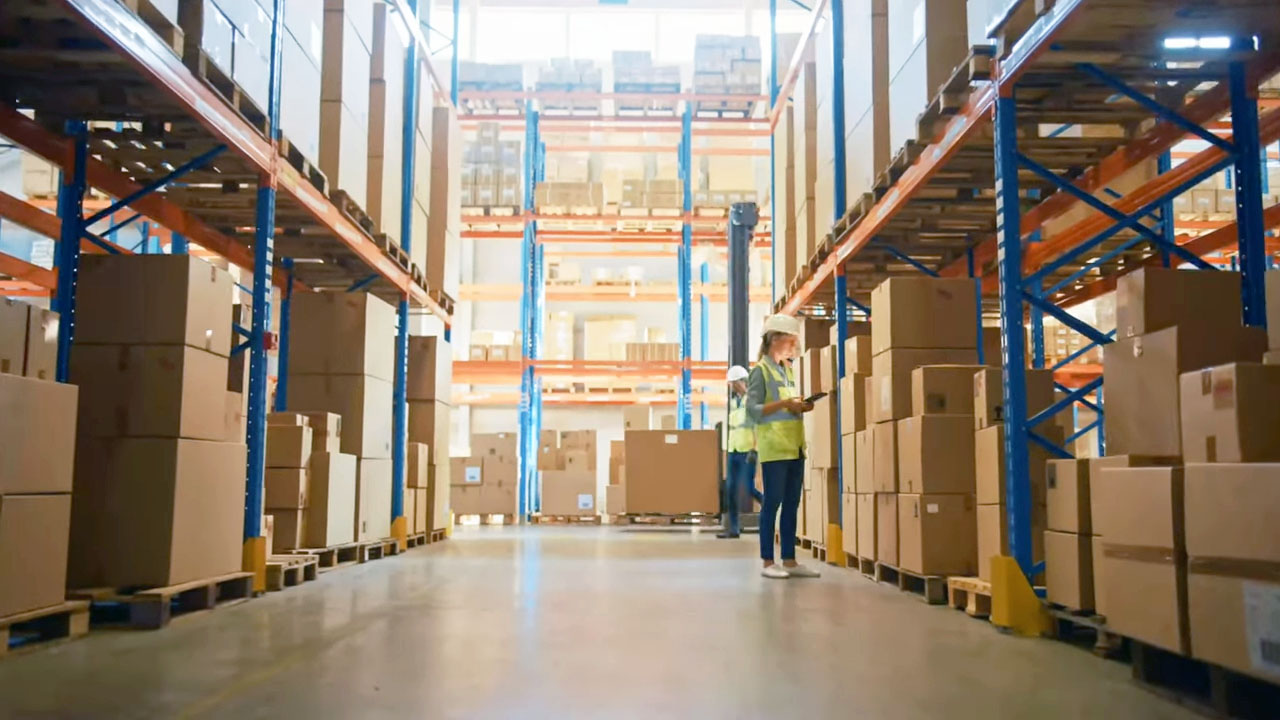
Warehouse Location Explained
When choosing a warehouse, the most important thing to consider is its location. Various factors can be considered however the most vital of these is the mapping of your warehouse location.
To save money on shipping and delivering products faster, it’s best to have your warehouse near your customers.
Proximity to Suppliers
Being close to your suppliers will drive your overhead costs down by allowing you to save once again on transport costs. To minimize transport disruptions, being close to suppliers lets you have a backup plan for delays in receiving products.
Proximity to Transport Routes
Being close to transportation routes helps your business deliver products quickly to customers.
If you have a Global distribution warehouse you would also consider the proximity to sea and air transportation.
Zoning and Regulatory Requirements
It would be vital to understand the warehouse building prerequisites. If an area is already earmarked for building construction within that area, there are stringent design criteria that must be met.
The zoning boards will tell you the criteria for building your warehouse. They will mention things like size, shape, and how accessible it should be.
The zoning and rules will greatly affect how the warehouse is designed. In addition, make sure your design follows the rules and needs of the country where you build.
Now that you know where to set up your warehouses, let’s talk about using equipment and technology there. This post will help you understand warehouse equipment and how to choose the right technology for your warehouse.
Warehouse Equipment
Industrial Shelving Or Pallet Racks
These are essential and critical when it comes to the setup of your warehouse. You can maximize space efficiency in your warehouse by placing these load racks. To ensure smooth product flow in the warehouse, strategically position these racks. Designing the correct crate rack placement will be key to ensuring efficiency in the warehouse.
Shelving Units
You would notice that most shelving in warehouses is steel shelving. When you adopt structural steel for shelving, it provides a strong way to store your goods. This is especially true when you utilize vertical shelving.
To keep your products from falling, make sure the stackable items have a strong base. The base is usually the strongest part of the structure. It is reinforced to support the weight of the shelves above. These shelving units can be meticulously crafted to hold tons of weight. Structural steel is durable and affordable for warehouse companies on a budget.
Cantilever Racks
When you need to store long or irregularly shaped items, the different types of racks can help. They are easy to pick and load because they don’t have central reinforcement panels.
Often called a pick-up-and-go solution, however, they are designed to support heavier items. These storage systems are sturdy and flexible, providing convenient space and easy merchandise access. They can also be adjusted for flexibility.
Mezzanine Flooring
Mezzanine flooring makes your warehouse stronger, and more efficient and saves space at a low cost. Mezzanine layouts are often customizable making them effective when conceptualizing your warehouse layout. Mezzanine layouts can also give you offices, administrative areas, or even meeting rooms. You can segregate the layout of your warehouse by opting to apply the mezzanine in your warehouse plans.
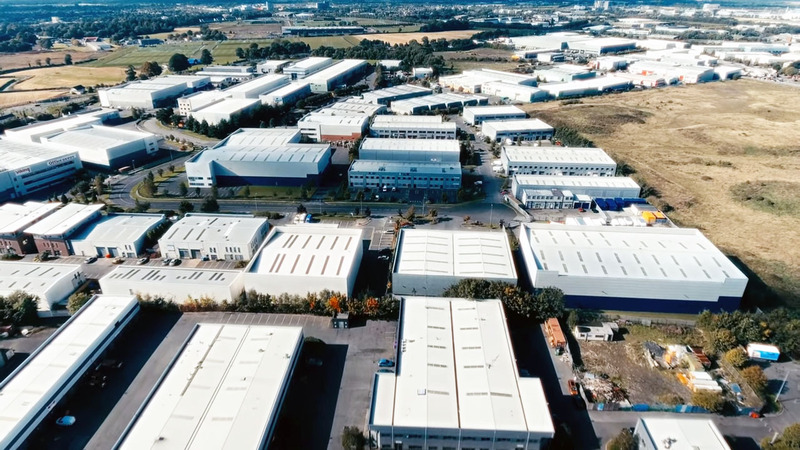
Racking Protection
You can protect your warehouse racks in different ways based on your chosen blueprint. There are safety measures to prevent your racking or shelving system from collapsing. It’s important to protect your racks by installing guards and barriers on your shelves. These measures will strengthen your shelving system. To protect racks, you can use guards, barriers, nets, bollards, and load capacity labels.
Pallet Jacks
These pallet jacks work similarly to a wheel jack for a car if you only consider the up and down movement. Typically, they can move up and down or side to side. Additionally, even though pallet jacks are small, they can still lift heavy products.
They are normally associated with lifting goods for short distances. In most instances, they are highly maneuverable
. We have all seen them go side to side up and down and do a complete 360-degree rotation on the spot in a single area. Pallet jacks are useful because they are a cost-effective solution for moving pallets.
Stackers
Various kinds of stackers are deployed in a warehouse. There are various names for stacker options, such as reach truck, pallet stacker, and automated stacker crane. There are also straddle stackers and walker stackers.
Loading Docks
The loading docks are important in the warehouse. Sometimes people forget how significant they are. Loading docks are raised structures that improve warehouse efficiency and safety. The dock is made up of a few parts: dock leveler, dock doors, dock bumper, dock seal or shelter, and dock lights.
Lift Trucks
In a warehouse, a lift truck moves light and heavy goods to and from a pallet racking system. In a warehouse, they are important for efficiency in moving products. They can adapt and be agile. They are durable and robust and an indispensable tool in warehouse operations
. There are four main types of lift trucks that people commonly use. The first type is warehouse material handling equipment. The second type is heavy-duty lift trucks. The third type is side loaders. The fourth type is counterbalance fork trucks.
Forklift Extensions
These extensions can make a forklift fork longer, so it can lift bigger or heavier loads. They are made with heavy-duty steel and are robust and durable.
Forklift Attachments
This is a general attachment that can be used to enhance the forklift’s general use. Forklift attachments are crucial for performing extra tasks beyond a standard forklift’s capabilities. These attachments are rotators, side shifters, clamps, fork positioners, and buckets.
Warehouse Conveyor Systems
Conveyor systems in warehouses often use rollers, belts, or other types of conveyors. They are automated and transport goods. Conveyor systems have many roles. They handle materials and help move goods efficiently for packing and processing.
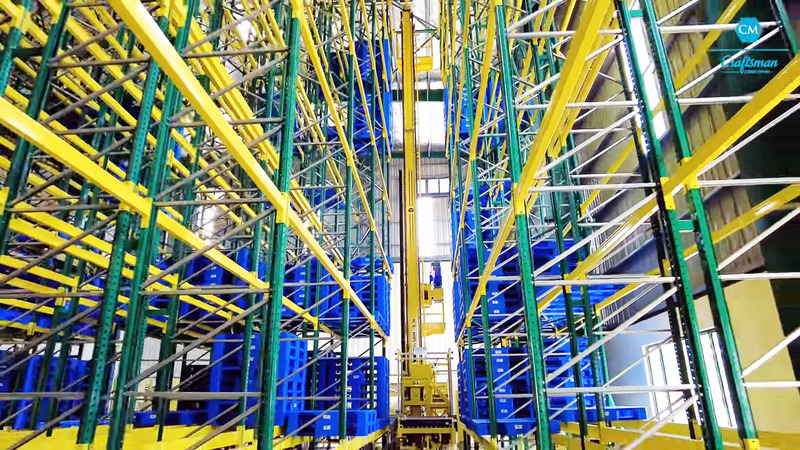
Overhead Cranes
These cranes are generally used in large warehouses or distribution centers. Forklifts can do a lot of tasks. They organize, move, store, and lift items, and work in storage areas.
Packing Stations
Inside a warehouse, there is a designated spot known as a packing station. This area is used for preparing goods before they are sent out. The stations are well-organized. They have tools and resources for efficient packaging and handling before distribution. These machines have multiple uses. They can package, label, process orders, ship, and keep records.
Stretch Wrappers
These machines or tools wrap goods or pallets in bubble wrap or plastic for shipping. The main goal is to help you safeguard your merchandise before sending it out.
Picking Carts
These are also often named order fulfillment crates. These carts have wheels and racks to create a portable workspace for employees. They help with order processing.
Material Handling Carts
These are like picking carts and helping move items in a warehouse. As the name suggests they are also used for the handling of various materials within a warehouse.
Bins and Totes
Bins and totes help keep warehouses organized by storing small parts and materials.
Dock Levelers
A dock leveler is a tool that helps trucks and docks connect. These devices make unloading and loading goods safer, more efficient, adaptable, and continuous.
Loading Ramps
These ramps are similar to dock levelers, but they have a slanted surface. They are used to load and unload goods from a ground-level or raised dock.
Drum Handling Equipment
Special equipment is used to handle barrel or drum-shaped storage vessels effectively. Warehouses can easily move and handle stored materials in barrels or drums. Some of the items stored in these barrels are generally chemicals, oils, or powders. The equipment for drums can lift, rotate, dispense, and tilt them
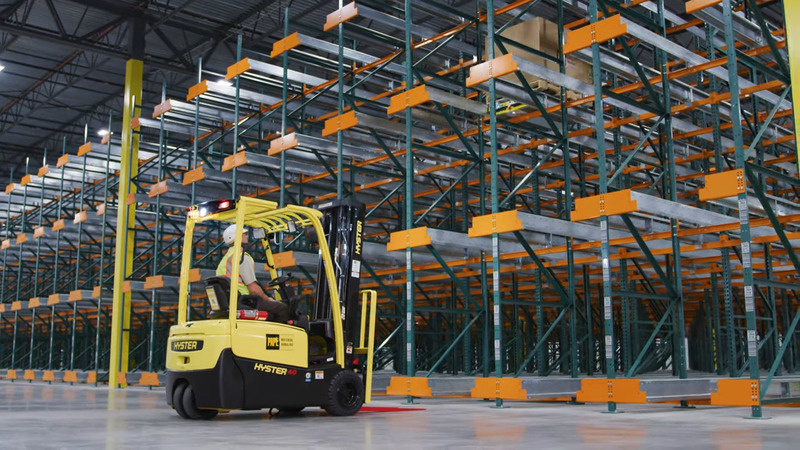
Tilted Tables
You can arrange things on the workstations in the warehouse to make them easier to handle and process.
Baskets and Wired Containers
These items make it easier to organize and transport smaller items in a warehouse. Collapsing or stacking them helps make the most of space in a warehouse.
Warehouse Technology Solutions
There will be another post coming soon. It will cover the types of technology used in a warehouse. Let’s discuss the main types of technology used in warehouses and distribution centers.
RFID (Radio Frequency Identification)
RFID, or radio frequency identification, captures data using radio waves. This technology is simple. It uses a microchip and an antenna to gather product information in real-time.
Some people have special cards to access the warehouse, offices, and restricted areas. Their building is versatile and serves many purposes, like storage or managing inventory. This important technology makes tracking goods easy in logistics and supply chains.
Barcode Scanners
Now picture yourself going to a supermarket. You decide on what groceries you require, make your selection, and proceed to the payment area. The teller scans a barcode on the product you chose. The POS system assigns a price based on its data.
You then purchase your groceries and proceed to leave the store. For consumers, the process is smooth. The barcode scanning system works its magic behind the scenes. The scanned data shows the price and how many products are left in stock. The scanning systems help you keep track of inventory. They tell you when to restock and prevent overstock with analytics.
Label Printers
These printers can print labels, barcodes, text, and images with specialized features. The primary purpose is for tracking and inventory management.
AS/RS Automated Storage And Retrieval System
These systems are fully automated and controlled by a computer to manage materials efficiently. They are designed to alleviate manual labor and optimize the efficiency of a warehouse. To set up the process, we will use different equipment like cranes, racks, conveyance systems, and software.
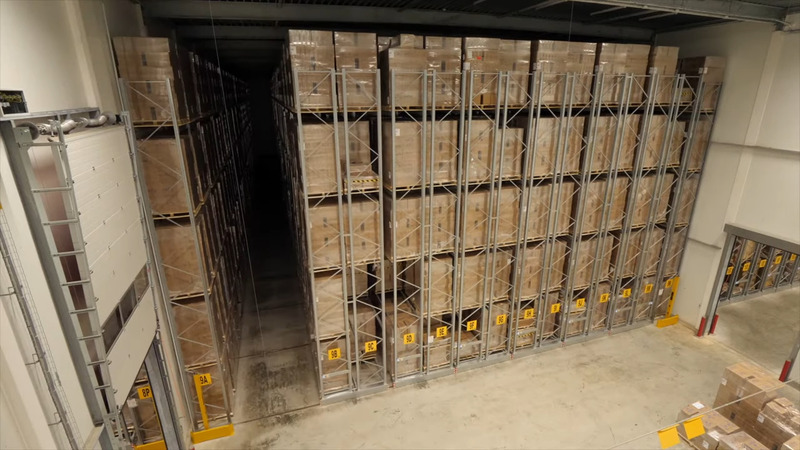
AGV’s Automated Guided Vehicles
With the advancement in technology over several years, it has evolved tremendously. Now let’s briefly describe AGVs. AGVs navigate warehouses and transport goods without human intervention.
The technology uses lasers, GPS satellites, or sensors to navigate obstacles and follow set paths. AGVs can have a control function on board. This function processes information from sensors, satellites, and GPS. It helps the AGVs navigate obstacles and the layout of the warehouse.
Material Handling Robots
As technology advances this one area will be the key focus of warehouse management in the future. These robots can do tasks without humans, reducing the need for manual labor. These robots just like the AGV comprise similar technologies. However, there is still a dire need for human
programming to make the robot perform as intended. A lot of companies say machines can do the job instead of people, but I’m not so sure. I watched a YouTube video of a robot. It turned itself off while doing boring tasks. This is important to consider.
We understand that technology is getting better over time. I disagree with big companies’ claim that robots will replace humans in the future. Despite advanced robotics, humans are still needed to ensure they work correctly.
Key Takeaways From The Blog Post
First, we will learn the key elements for a successful warehouse setup. Then, we will explore each topic in depth. Our upcoming blog post will cover everything you need to know about setting up a warehouse.
We hope our knowledge gives you the tools and blueprint for your setup. I know the post is long but we wanted to cover and research the basics in depth for your benefit. Once we explain everything in the blog post, you’ll become an expert.
Thank you for reading the blog post. We appreciate your feedback and any suggestions you may have. We will briefly discuss technology. We have purposely left out health and safety. These topics deserve separate posts.
